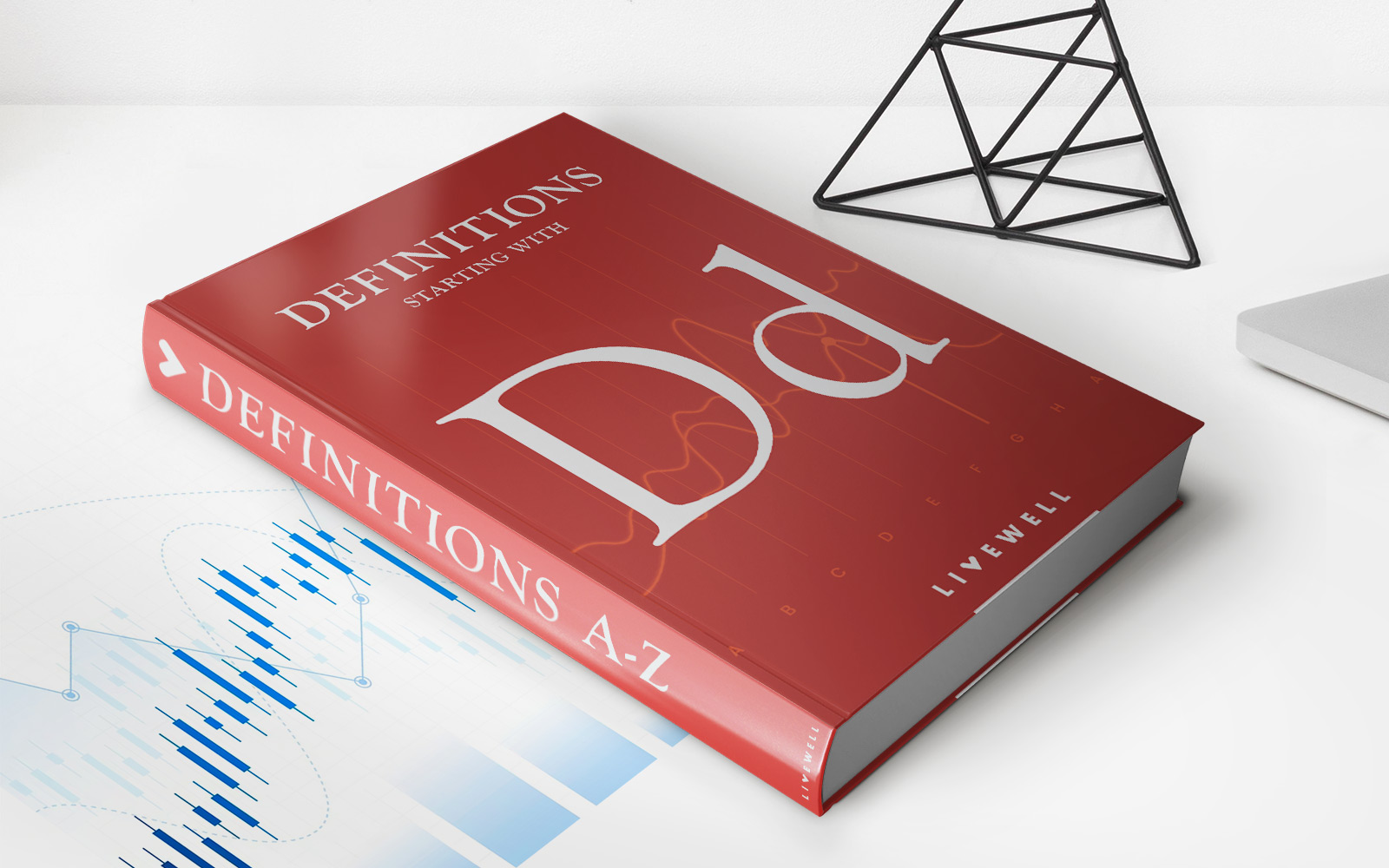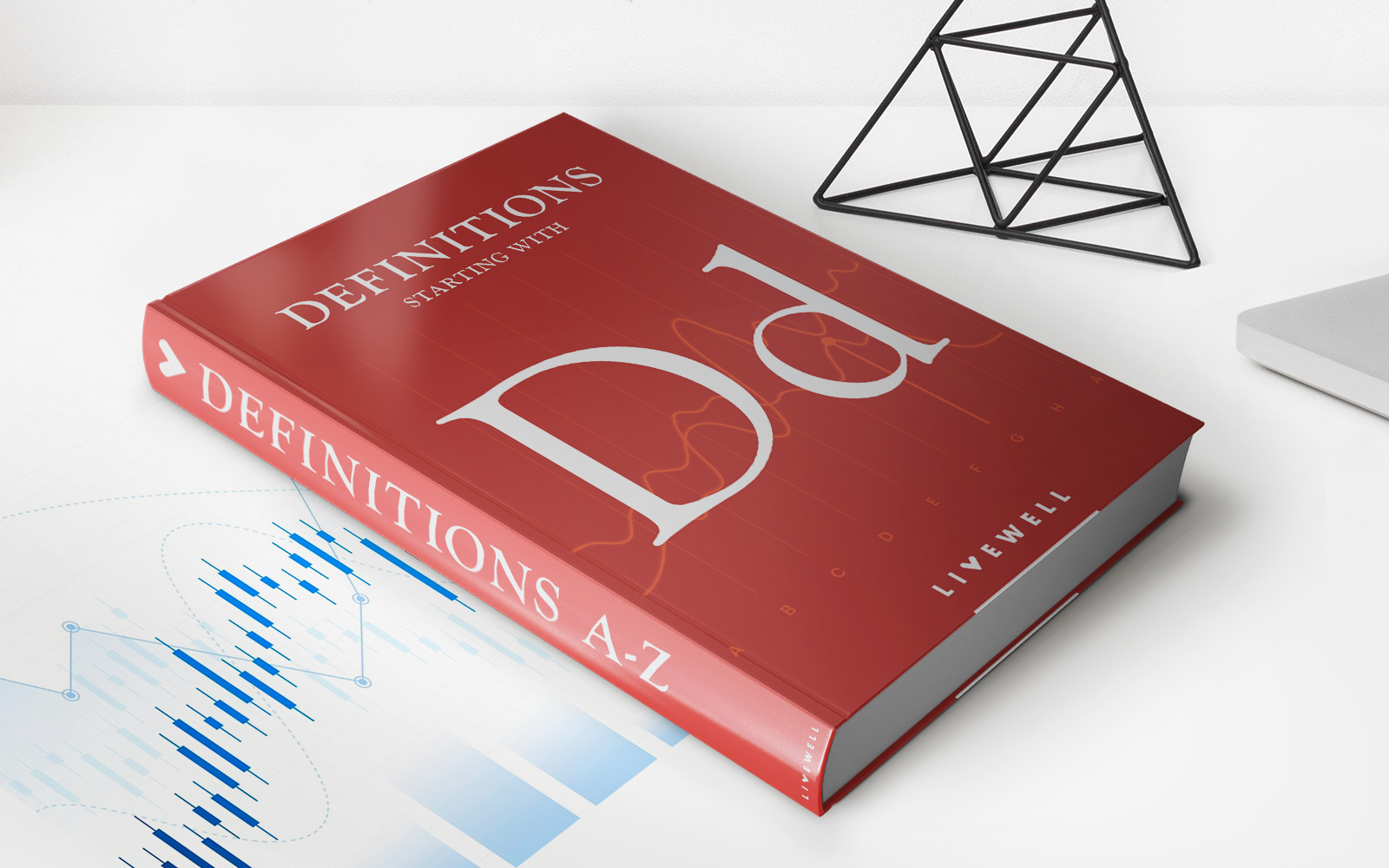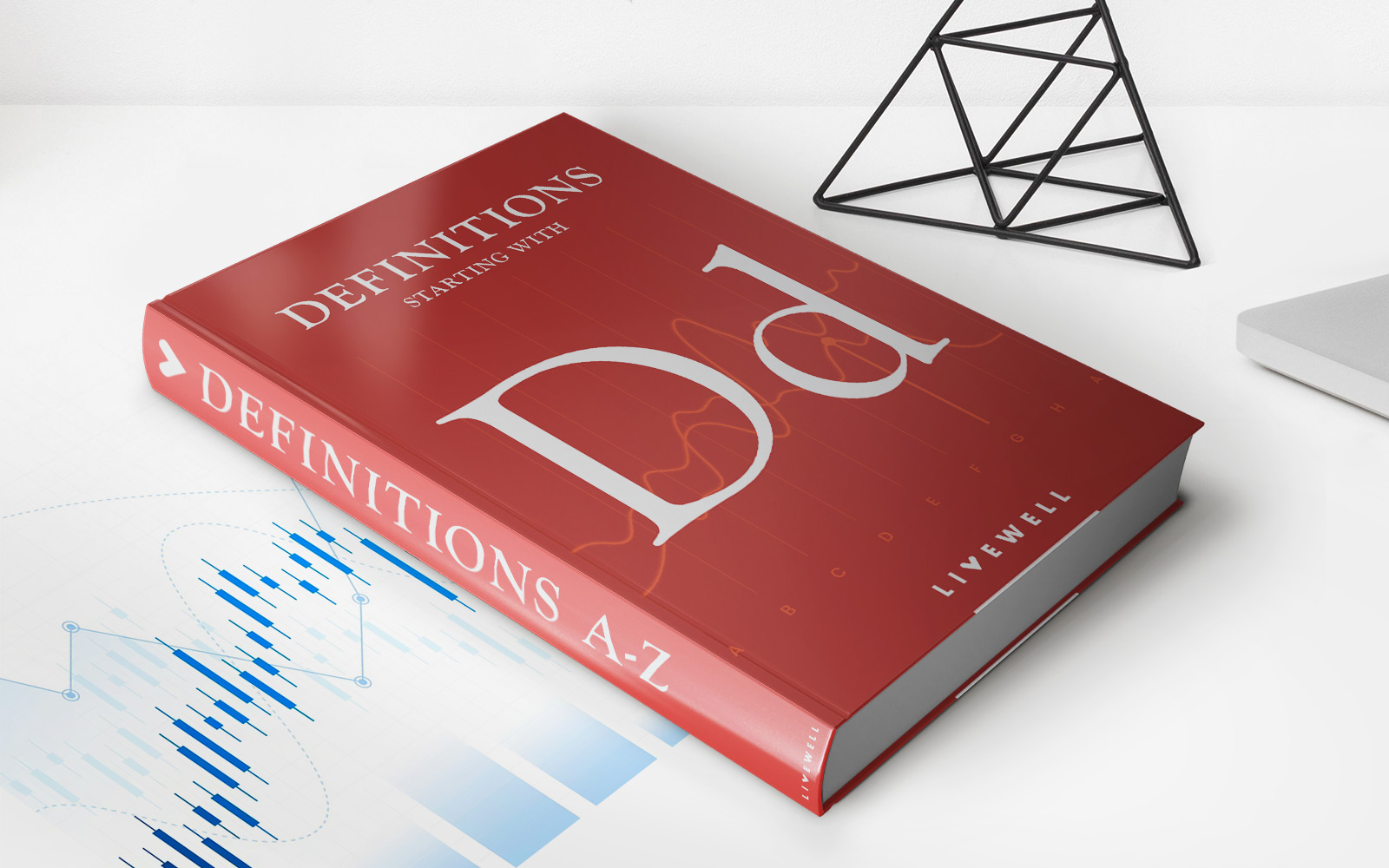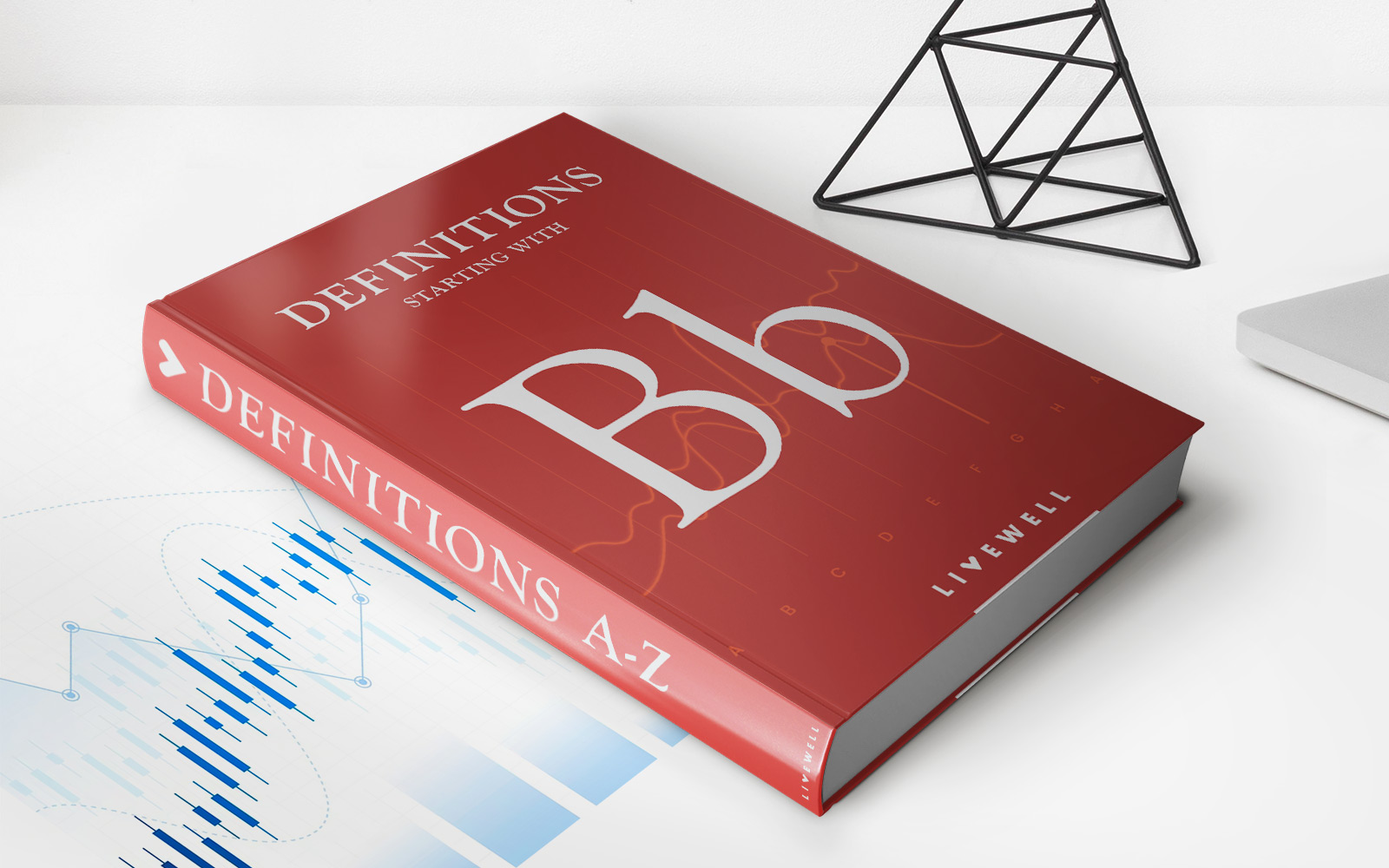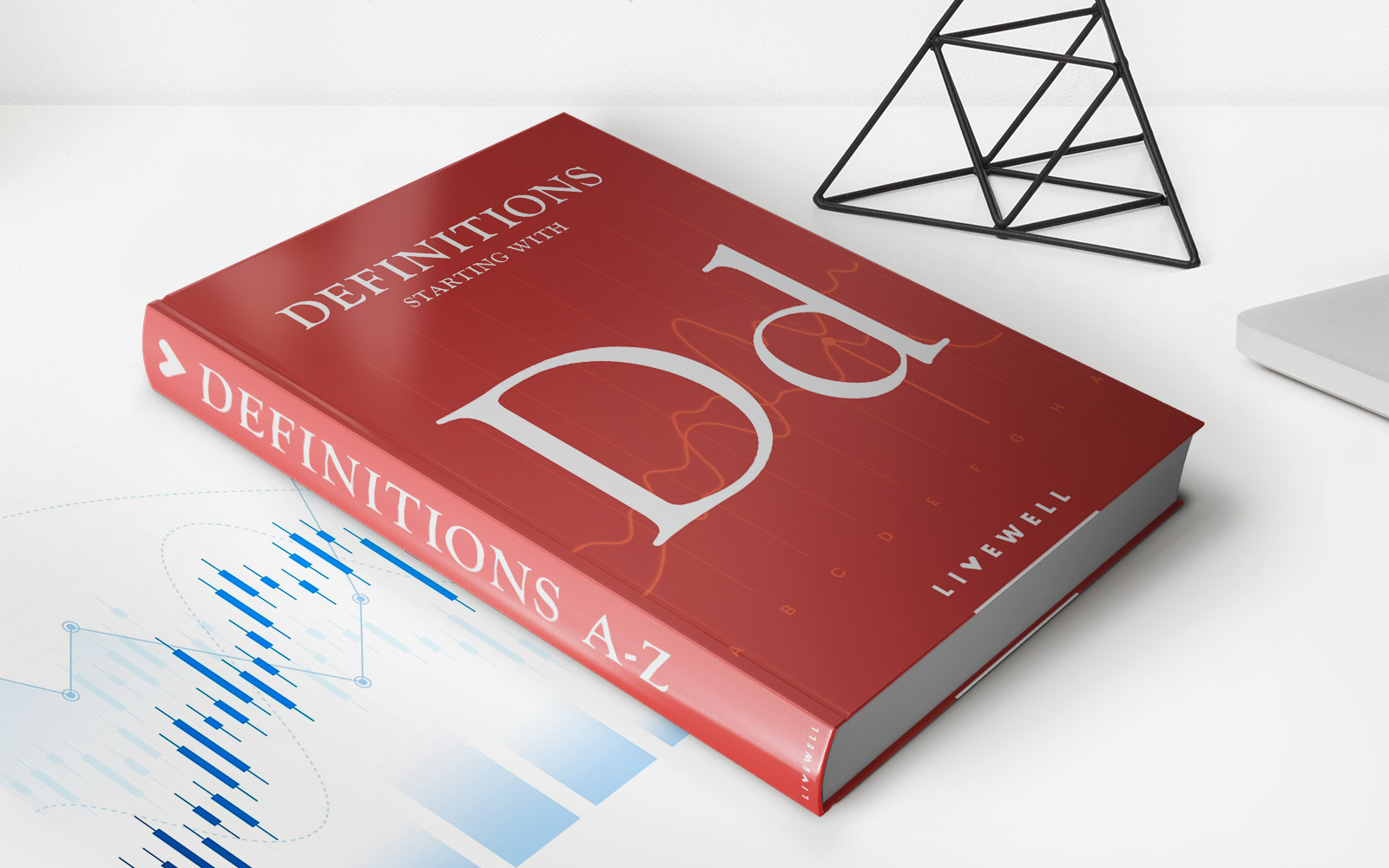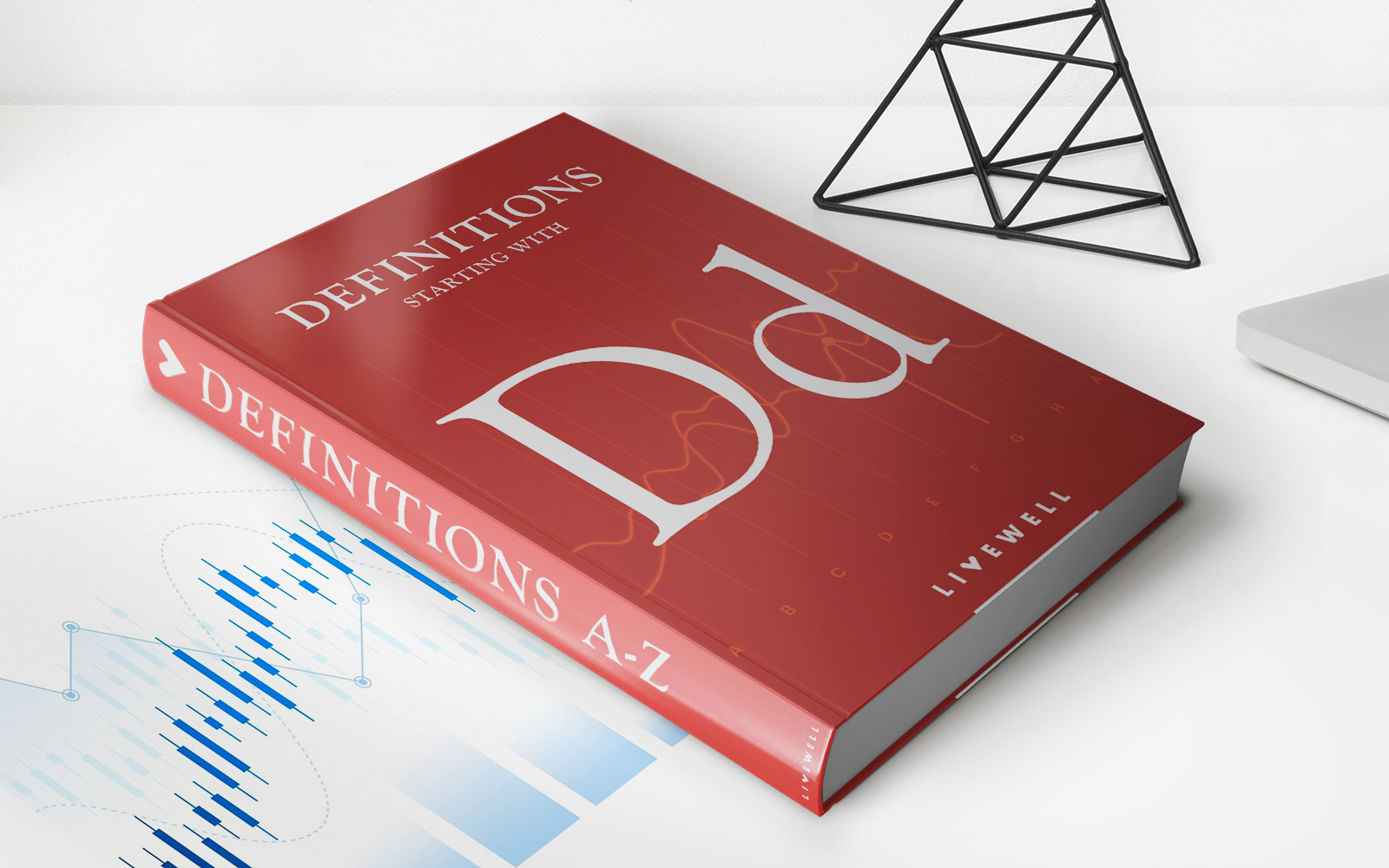

Finance
What Is Double Bottom In Stocks
Published: January 18, 2024
Learn about the double bottom pattern in stocks and its significance in finance. Discover how this powerful chart pattern can signal potential trend reversals and create profitable trading opportunities.
(Many of the links in this article redirect to a specific reviewed product. Your purchase of these products through affiliate links helps to generate commission for LiveWell, at no extra cost. Learn more)
Table of Contents
Introduction
Welcome to the world of stock market analysis. As an investor or trader, it is crucial to understand various chart patterns that can provide insights into potential price movements. One such pattern is the double bottom, which is commonly used by technical analysts to identify trend reversals and potential buying opportunities.
A double bottom is a bullish reversal pattern that typically forms after a prolonged downtrend. It signifies a shift in market sentiment from bearish to bullish, indicating that the stock price may be nearing a bottom and could potentially start an upward trend. Understanding the characteristics of a double bottom pattern can help investors make informed decisions and capitalize on potential profit opportunities.
Throughout this article, we will explore the definition of a double bottom in stocks, the key characteristics of this pattern, how to identify it on a price chart, trading strategies associated with double bottoms, the benefits and limitations of analyzing this pattern, and provide real-life examples for better comprehension.
Whether you are a beginner investor or a seasoned trader, having a grasp of the double bottom pattern can enhance your ability to identify potential profitable trades. So, let’s dive into the details and uncover the secrets behind this powerful chart pattern.
Definition of Double Bottom in Stocks
A double bottom is a technical chart pattern that occurs during a downtrend and signals a potential trend reversal. It is characterized by two consecutive lows that are roughly equal, with a minor peak in between. The pattern resembles the letter “W,” hence its name.
When a stock reaches a low point and bounces back, only to decline again and then bounce back a second time, it forms the first low and minor peak of the double bottom. The stock then experiences another decline, bottoming out at a similar level as the first low, forming the second low of the pattern. The two lows should be relatively close in price with a moderate pullback between them.
The double bottom pattern suggests that selling pressure is exhausted and buyers are stepping in, causing the stock price to potentially reverse its downward trend and start moving higher. It is important to note that the pattern is considered valid only after the price breaks above the minor peak, also known as the neckline, which acts as a resistance level.
Traders often interpret a double bottom as a signal to initiate a long position in the stock, as it indicates a potential reversal of the downtrend and a new uptrend may be forming. The pattern is commonly used by technical analysts due to its reliability and effectiveness in identifying trend reversals.
It is worth mentioning that the timeframe in which the double bottom pattern forms can vary. While some patterns develop over a few weeks, others may take several months. Traders need to be patient and wait for a confirmation signal before entering a trade.
Now that we have a clear understanding of what a double bottom is, let’s take a closer look at the key characteristics of this pattern to help us identify it on a price chart.
Characteristics of Double Bottom Pattern
The double bottom pattern exhibits several key characteristics that traders and investors should be aware of when attempting to identify this pattern on a price chart. Understanding these characteristics can help confirm the validity of the pattern and increase the likelihood of making successful trades.
1. Double Lows: The double bottom pattern consists of two distinct lows, with the second low generally reaching a similar or slightly higher level than the first low. These two lows are an indication that selling pressure is diminishing and buyers are starting to enter the market.
2. Moderate Pullback: Between the two lows, there is typically a moderate pullback in the stock price. This pullback represents a temporary pause in the downtrend and often indicates a period of consolidation or accumulation.
3. Neckline Resistance: The neckline is a horizontal line connecting the minor peak that forms between the two lows. It acts as a resistance level that the stock price needs to break above to confirm the pattern. Once the price surpasses the neckline, it suggests a potential trend reversal and the start of an uptrend.
4. Volume Confirmation: Volume plays a crucial role in validating the double bottom pattern. During the formation of the pattern, there is usually a decrease in volume as the stock price declines. However, when the price breaks above the neckline, there should be a significant increase in volume, signaling increased buying interest and confirming the validity of the pattern.
5. Timeframe: The double bottom pattern can form over different timeframes, ranging from several weeks to several months. It is crucial to consider the duration of the pattern when analyzing it in the context of other technical indicators and market conditions.
These characteristics collectively help traders identify and confirm the double bottom pattern. However, it is essential to remember that no pattern is foolproof, and false signals can occur. Traders should use additional indicators, such as moving averages, trendlines, or oscillators, to further confirm the pattern and avoid potential false breakouts.
Now that we understand the key characteristics of the double bottom pattern, let’s move on to learning how to identify this pattern on a price chart.
Identifying a Double Bottom Pattern
Identifying a double bottom pattern on a price chart requires a keen eye for patterns and an understanding of the key characteristics mentioned earlier. By following a systematic approach, traders can increase their chances of accurately identifying this pattern and using it to their advantage.
1. Downtrend Confirmation: Before attempting to identify a double bottom, it is crucial to confirm that the stock is in a downtrend. Look for a series of lower highs and lower lows on the chart to establish the presence of a clear downward trend.
2. Locate Two Lows: Identify the two lows that are roughly equal in price. These lows should represent points where selling pressure subsided and potential buyers stepped in. These lows will serve as the foundation for the double bottom pattern.
3. Minor Peak: Locate the minor peak that forms between the two lows. This peak acts as the neckline of the pattern and represents a resistance level. It is essential to ensure that the stock price does not break above this level during the formation of the pattern.
4. Volume Analysis: Analyze the volume during the formation of the pattern. Ideally, during the downtrend, there should be a decrease in volume as selling pressure subsides. However, when the price breaks above the neckline, there should be a surge in volume, indicating increased buying interest and confirming the potential trend reversal.
5. Confirmation Breakout: The confirmation breakout occurs when the stock price breaks above the neckline. This breakout should be accompanied by an increase in volume, signifying a shift in market sentiment from bearish to bullish. Traders can use this breakout as a signal to enter a long position and capitalize on the potential uptrend.
It is important to note that the double bottom pattern is likely to be more reliable and effective when it occurs after an extended downtrend and is supported by other technical indicators and market conditions. Consequently, it is recommended to use additional tools such as moving averages, trendlines, or oscillators to further validate the pattern and avoid false breakouts or reversals.
Practice and experience are key to become proficient in identifying double bottom patterns. By studying historical charts, conducting thorough technical analysis, and observing market behavior, traders can sharpen their skills and increase their ability to identify profitable trading opportunities using this pattern.
Now that we have learned how to identify a double bottom pattern, let’s explore some trading strategies associated with this powerful chart pattern.
Trading Strategies for Double Bottoms
Trading strategies for double bottoms revolve around capturing the potential trend reversal and maximizing profit opportunities. Here are a few popular strategies that traders employ when encountering a double bottom pattern:
1. Breakout Strategy: One common approach is to wait for the confirmation breakout, where the stock price breaks above the neckline with a significant increase in volume. Traders can enter a long position at this point, aiming to capture the upward momentum. To manage risk, stop-loss orders can be placed below the second low or the neckline.
2. Pullback Strategy: Another strategy involves waiting for a pullback after the breakout. Sometimes, after the confirmation breakout, the stock price may retest the neckline or the previous resistance level. Traders can wait for this pullback and enter a long position at a more favorable price, anticipating a continuation of the uptrend.
3. Exponential Moving Average (EMA) Strategy: Traders can also include exponential moving averages in their trading strategies. By using a shorter-term EMA (e.g., 20-day) and a longer-term EMA (e.g., 50-day), traders can wait for the shorter-term EMA to cross above the longer-term EMA as an additional confirmation of the trend reversal.
4. Volume Confirmation Strategy: Volume analysis can be a crucial aspect of trading double bottoms. Traders can look for an increase in volume during the breakout, indicating strong buying interest and validating the pattern. High volume on the breakout can provide greater conviction for traders to enter a long position.
5. Price Target Strategy: Traders can estimate a price target by using technical analysis tools such as Fibonacci retracements or measuring the height of the pattern. These targets can help traders set profit targets and determine when to exit the position. It is important to be mindful of potential resistance levels that may act as obstacles along the way.
It is essential to combine these strategies with proper risk management techniques. Setting stop-loss orders, managing position sizes, and sticking to a trading plan can help protect against potential losses and maximize returns. Additionally, traders should consider incorporating other technical indicators or fundamental analysis to further enhance their decision-making process.
Remember that no trading strategy is foolproof, and false breakouts or reversals can occur. Therefore, it is crucial to employ proper risk management and validate the pattern with supporting indicators or market conditions.
Now that we have explored some trading strategies, let’s examine the benefits and limitations of utilizing double bottom analysis in stock trading.
Benefits and Limitations of Double Bottom Analysis
Utilizing double bottom analysis in stock trading offers several benefits, but it also has its limitations. Understanding these advantages and limitations can help traders make informed decisions and effectively utilize this pattern in their trading strategies.
Benefits:
- Trend Reversal Identification: The primary benefit of double bottom analysis is its ability to identify potential trend reversals. By recognizing the formation of a double bottom pattern, traders can anticipate the end of a downtrend and the beginning of a new uptrend, providing opportunities for profitable trades.
- Clear Entry and Exit Points: The double bottom pattern provides clear entry and exit points. Traders can enter a long position once the stock price breaks above the neckline and exit the position at predetermined price targets or if the stock fails to continue its upward momentum.
- Confirmation through Volume: Volume confirmation is a valuable aspect of double bottom analysis. A significant increase in volume during the breakout indicates strong buying interest and adds validity to the trend reversal, increasing the likelihood of successful trades.
- Compatibility with Other Technical Tools: Double bottom analysis can be effectively combined with other technical tools, such as moving averages, trendlines, and oscillators. These additional indicators can provide further confirmation and enhance the accuracy of trading decisions.
Limitations:
- False Signals: Like any technical analysis tool, the double bottom pattern is not infallible and can produce false signals. It is crucial for traders to use additional indicators and conduct thorough analysis to confirm the pattern before entering trades.
- Subjectivity: Identifying and confirming a double bottom pattern can be subjective, as it relies on the interpretation of price movements and chart patterns. Traders may have differing opinions on the validity and timing of the pattern, leading to variations in trading decisions.
- Timeframe Considerations: The timeframe in which a double bottom pattern forms can vary, ranging from weeks to months. Traders need to consider the duration of the pattern and align it with their trading strategies and risk tolerance. Patience is required to wait for confirmation signals before entering trades.
- Market Conditions: The effectiveness of double bottom analysis can also be influenced by overall market conditions. External factors, such as economic news, geopolitical events, or market sentiment, can impact the success rate of trades based on this pattern.
By understanding the benefits and limitations of double bottom analysis, traders can effectively incorporate this pattern into their trading strategies and minimize potential risks. Combining it with proper risk management and additional technical analysis can enhance the accuracy of trading decisions.
Now, let’s delve into real-life examples to better understand how the double bottom pattern unfolds in stock markets.
Examples of Double Bottom Patterns in Stocks
Examining real-life examples of double bottom patterns in stocks can provide a practical understanding of how this chart pattern unfolds and its potential for identifying profitable trading opportunities. Let’s explore a couple of examples:
Example 1: Apple Inc. (AAPL): In late 2018, Apple Inc. experienced a significant downtrend. During this period, the stock formed a double bottom pattern. The first low was formed in November, followed by a minor peak and a subsequent decline. The second low was established in December, near the same level as the first low. In January 2019, AAPL broke above the neckline, confirming the double bottom pattern. Traders who recognized this pattern had an opportunity to enter a long position and potentially profit from the subsequent upward trend.
Example 2: Amazon.com Inc. (AMZN): Another example is seen in the price chart of Amazon.com Inc. In 2020, AMZN formed a double bottom pattern during the market sell-off caused by the COVID-19 pandemic. The first low was formed in March, followed by a minor peak and a subsequent decline. The second low was established in April, near the same level as the first low. In May, AMZN broke above the neckline, confirming the double bottom pattern. Traders who recognized and acted on this pattern had the opportunity to capture the subsequent rally in the stock price.
These examples illustrate the potential effectiveness of the double bottom pattern in identifying trend reversals and potential buying opportunities. However, it is crucial to approach these patterns with caution and use additional technical analysis tools and risk management strategies to confirm the pattern and minimize potential risks.
Traders should keep in mind that past performance is not indicative of future results, and the success of trades utilizing double bottom patterns depends on various factors, including market conditions and overall risk appetite. Conducting thorough analysis and staying updated with relevant news and market trends is essential for successful trading.
Now that we have explored real-life examples, let’s conclude our discussion on double bottom patterns.
Conclusion
The double bottom pattern is a powerful tool in technical analysis that can assist traders and investors in identifying potential trend reversals and capturing profitable trading opportunities. By understanding the characteristics of this pattern, such as the formation of two distinct lows, a minor peak, and confirmation through volume, traders can increase their chances of accurately identifying and utilizing the double bottom pattern.
While the double bottom pattern offers several benefits, including clear entry and exit points, trend reversal identification, and compatibility with other technical tools, traders should be aware of its limitations. False signals, subjectivity in pattern identification, timeframe considerations, and market conditions can impact the effectiveness of this pattern.
Therefore, it is crucial for traders to employ proper risk management techniques, use additional technical indicators for confirmation, and stay updated with relevant market news and trends. Combining the double bottom pattern with other technical analysis tools and market insights can increase the accuracy of trading decisions.
Remember, trading involves risk, and no pattern or strategy guarantees success in the market. It is essential to conduct thorough analysis, have a well-defined trading plan, and adhere to proper risk management practices.
By developing a solid understanding of the double bottom pattern, traders can enhance their ability to identify potential trend reversals, make informed trading decisions, and potentially increase their overall profitability in the stock market.
So, keep studying historical charts, practicing technical analysis, and refining your skills to unlock the potential of the double bottom pattern and improve your success in the world of stock trading.
